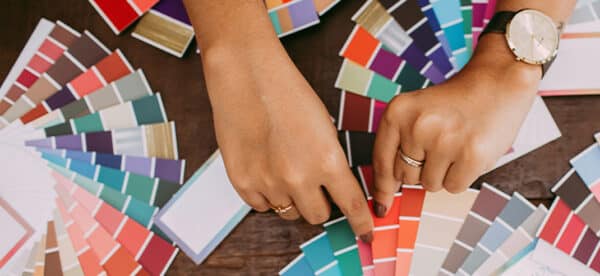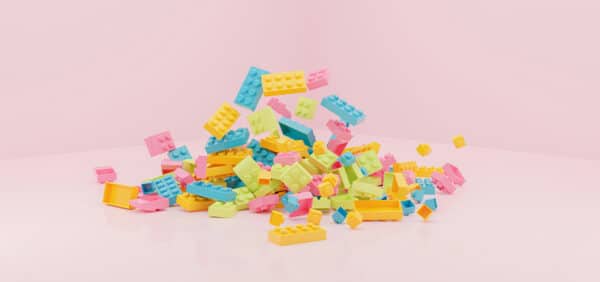Minimalism vs. Maximalism: Which Design Style is Right For Your Brand?

When it comes to your branding, it can be tough to know which design style best suits your organization. With so many possible directions to go in, how can you decide the best choice?
Two very common – but very different – design styles are minimalism and maximalism. Both have very distinct characteristics that create a different look and feel, and have their own strengths and weaknesses.
Understanding the differences and choosing the correct style for your brand will have a significant impact on how your brand is perceived.
Minimalism

Photo by Alan Quirván via Pexels
A minimalist design style is clean, simple, and functional. Think “less is more.” Minimalist designs typically utilize organic shapes, white space, neutral color palettes, and simple fonts. This design style is usually perceived as modern, sophisticated, and futuristic.
One of the most iconic examples of a brand that utilizes minimalism is Apple. Think about the last time you upgraded to the latest iPhone; remember that sleek, white packaging? How did it make you feel?
You probably felt like you had the future at your fingertips. That’s the power of minimalism.
Apple is known for their sleek design and minimalist aesthetic. From their website to their products and everything in between, their brand communicates simplicity and innovation.
So what are the benefits of utilizing a minimalist design style in your branding?
By keeping it simple and removing all unnecessary elements, you limit potential distractions, allowing your audience to focus only on the important aspects of your brand and overall messaging.
Companies that prioritize simplicity, innovation, and elegance in their branding should consider opting for a minimalist design style. This could include technology companies, lifestyle brands, and some service-based businesses.
Maximalism

Photo by Terrance Barksdale via Pexels
On the other hand, a maximalist design style embraces complexity and abundance. Unlike minimalism, maximalism often features vibrant colors, intricate patterns, and elaborate designs to grab your attention and evoke strong emotions. Using this design style can convey a sense of luxury, creativity, and self-expression.
One great example of maximalist branding is Versace. Famous for their use of bold patterns, vibrant colors, and embellishments, Versace takes full advantage of this design aesthetic. By doing so, they aren’t just selling clothing and accessories – they’re selling a luxurious lifestyle.
Their use of maximalism is evident not only in their products, but also on their website, marketing materials, and even in physical stores. This sends a message of creativity and individuality to their audience, making purchasing their products a one-of-a-kind experience.
If your goal is to make a bold statement and stand out in a crowded market, maximalism is the way to go. The main benefit of this design style is the opportunity to push boundaries, creating a distinct and memorable identity for your organization.
Maximalism is a great option for fashion brands, lifestyle businesses, and entertainment companies.
Whether you opt for clean and simple or bold and extravagant, the key is to choose a design style that accurately reflects your brand identity and resonates with your target audience. By understanding the characteristics of each design style and considering how they align with your business objectives, you can make a decision that strengthens your overall brand.
If you’re still torn, reach out to us! We’re here to offer our guidance and support to help you choose the right direction for you.

